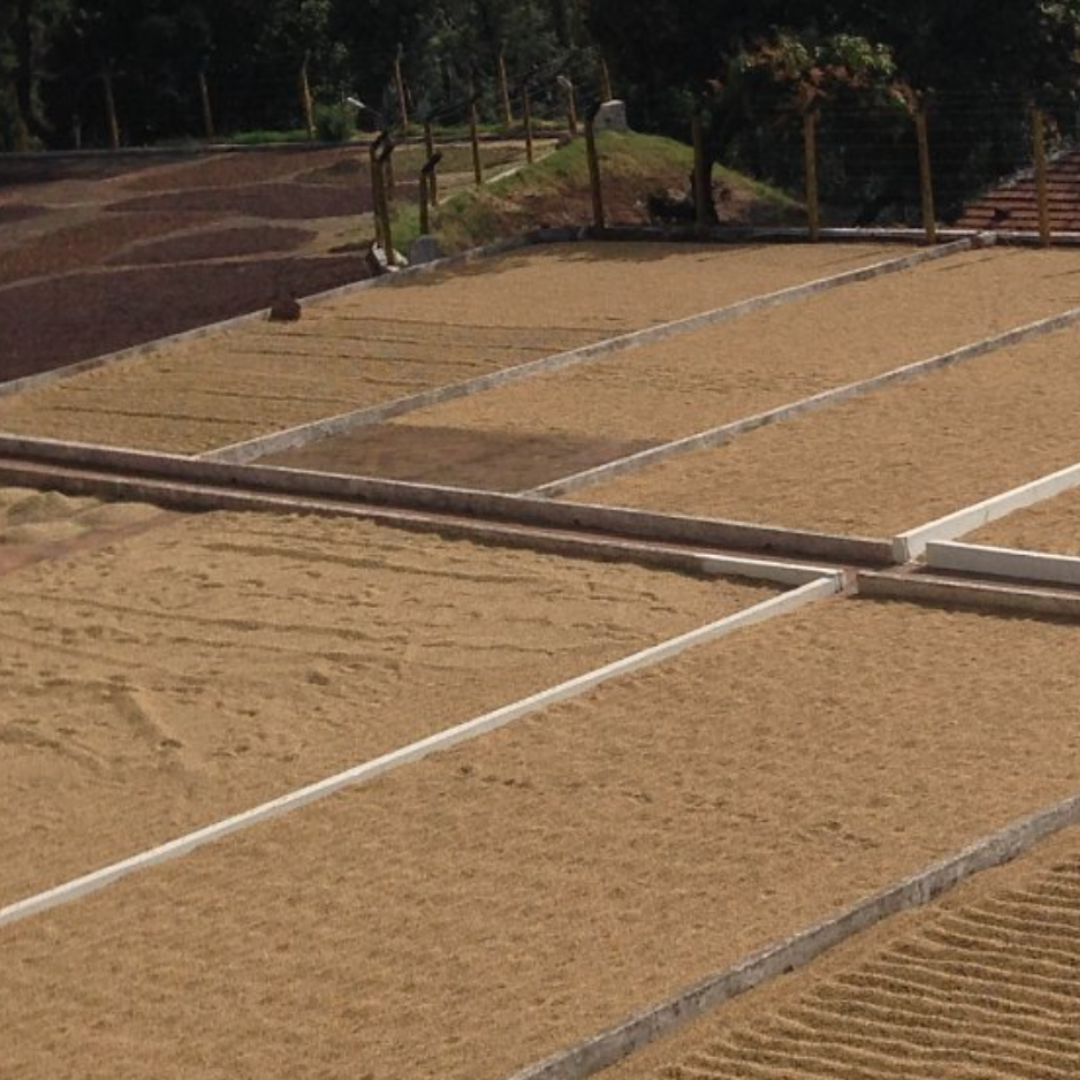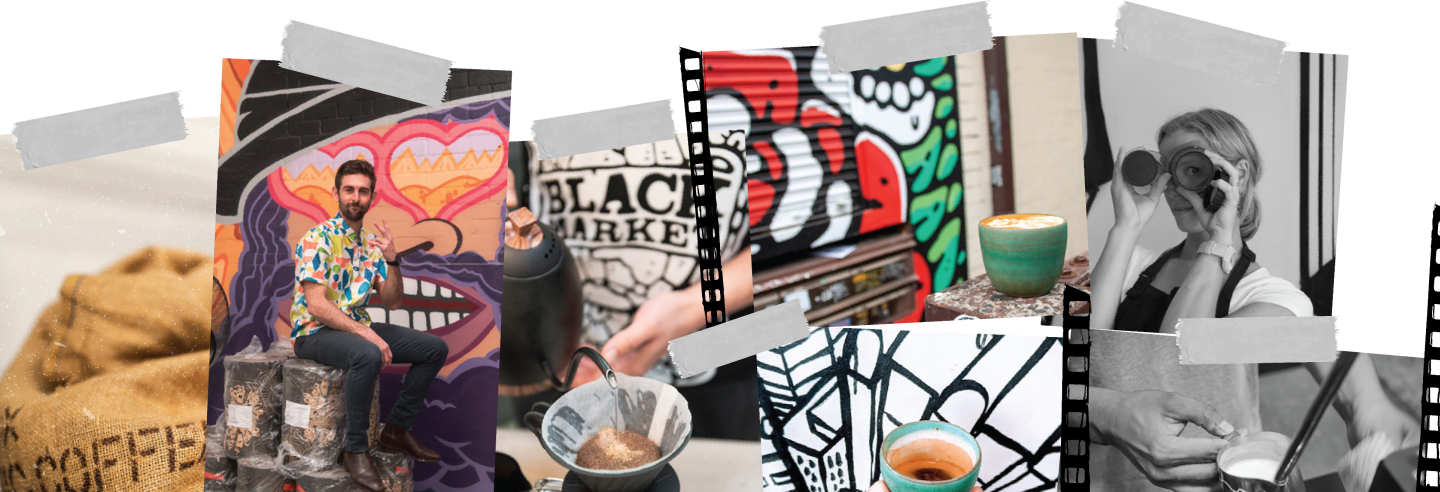
MONSOON MALABAR PROCESS
How good is discovering new food combinations by accident. Like making toast with avocado on one slice, and vegemite on the other, licking the knife – and realising it should be an avocado and vegemite sandwich. Or leaving cabbage in it’s own juices for too long and discovering sauerkraut. Or burying eggs in the ground and digging them up 100 days later to discoverthey’re now century eggs. Beer. It’s by this kind of serendipitous discovery that the Monsoon Malabar process came to be.
Following on from the tale of Brother Baba Budan, the coffee scene in India flourished and was exported throughout the world. When the green beans were sent to Eaurope, the ships took months to arrive at their destination, via the Cape of Good Hope, and through an arduous monsoon season. As the beans were stowed away in the belly of the ship, they were subjected to the moisture that seeped through the ship’s permeable walls, and by the end of the journey, the once bright green beans had swollen into pale yellow, plump jelly beans. When roasted they had a full bodied, low acidity, spicy, earthy flavour going on – and the Europeans loved it.
This became the flavour profile they began to expect and demand from the coffee imported from India, so as logistic technology improved, and shipping times decreased, they had to find a way to replicate this process as it was no longer being achieved by happenstance.
Now days, the Monsoon Malabar process is now attained by first naturally processing the beans, then storing them in open sided warehouses on the west coast of India, where they are walloped by the monsoonal winds from June to September, soaking up all their sea salty moisture, turning into the pale yellow jelly beans they were known and loved for.
It’s a strange and particular process, and results in a strange and particular cup. WIth strong notes of smoke, licorice and tobacco, it’s not drawing in the Yirgesheffe advocates, but it has developed a cult following, and people eat, drink and smoke weird stuff all the time so it’ll always be somebody’s cup of coffee.
Be The first to know about new digs.

